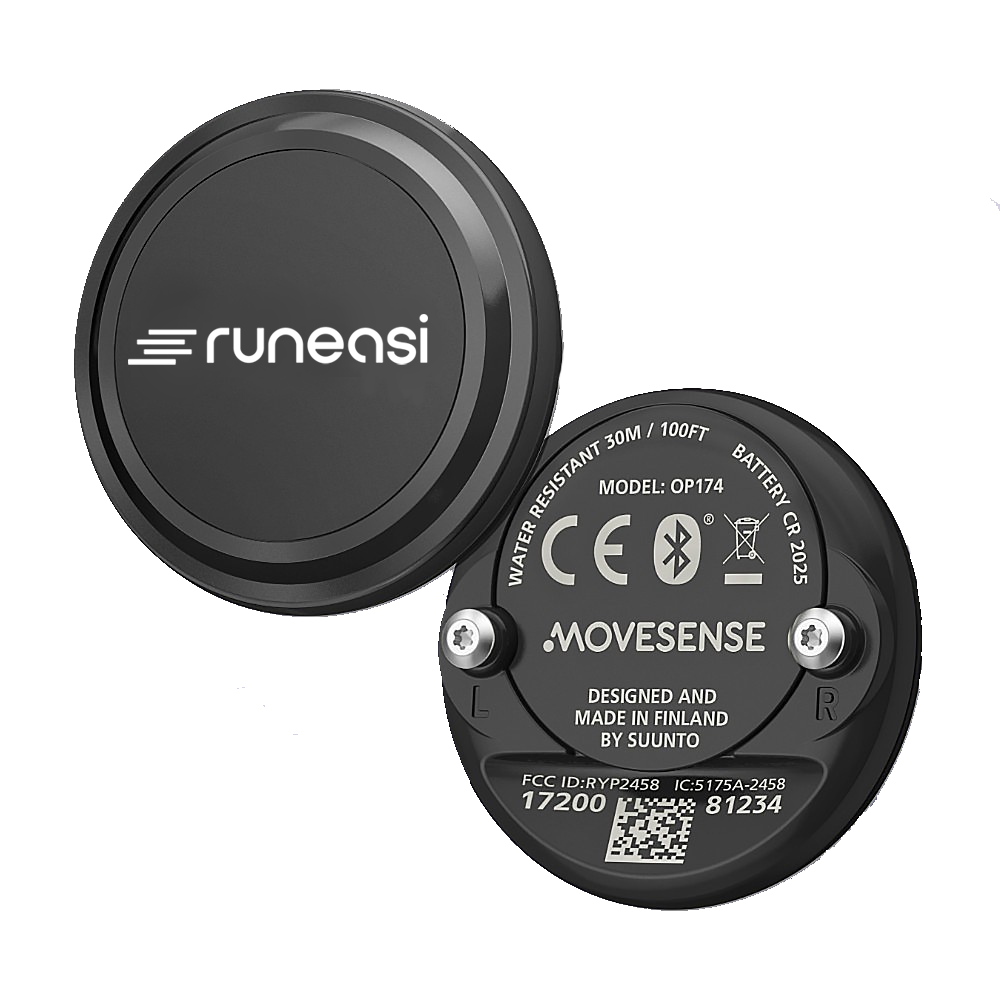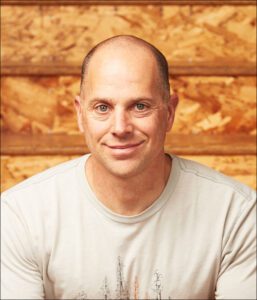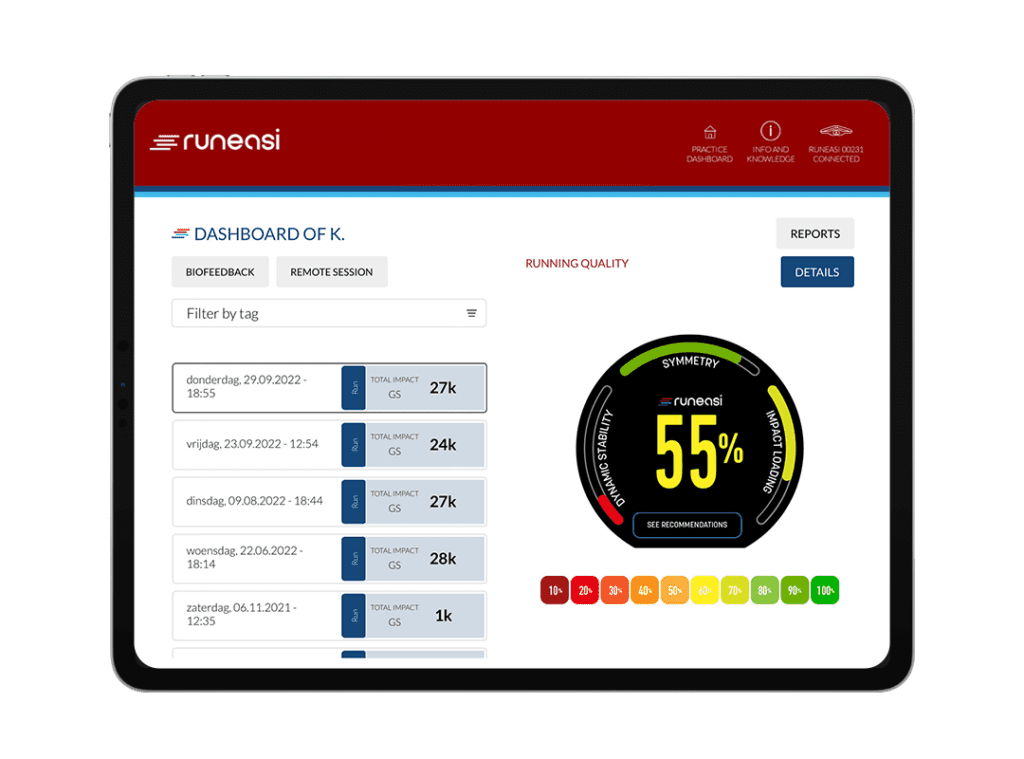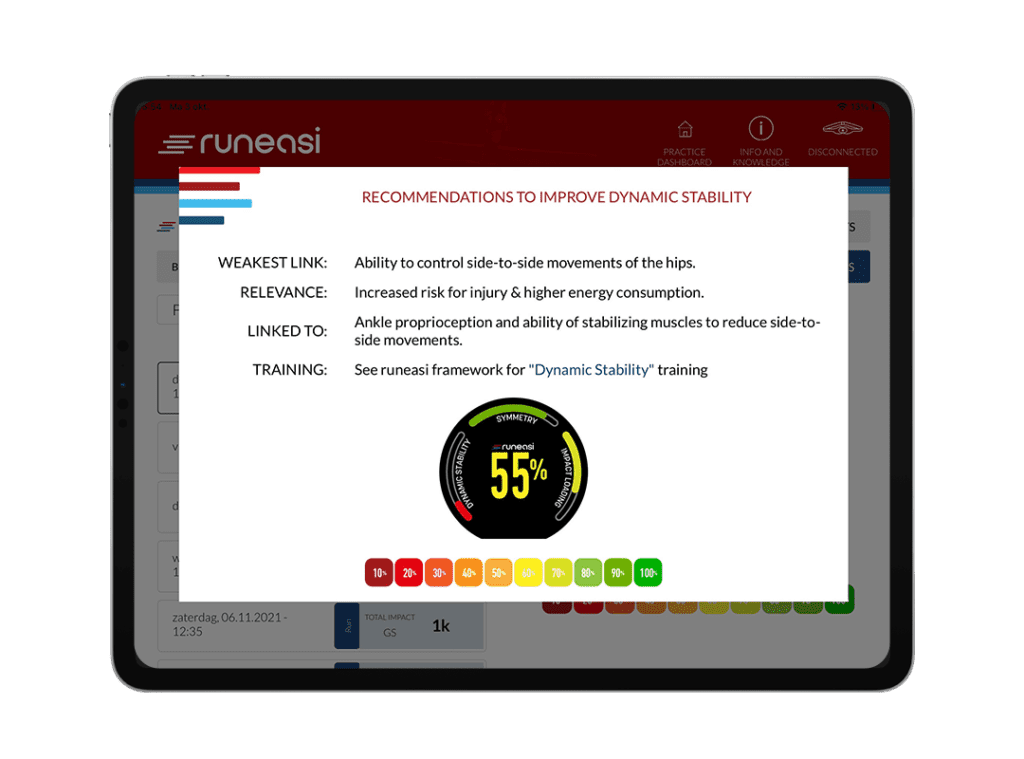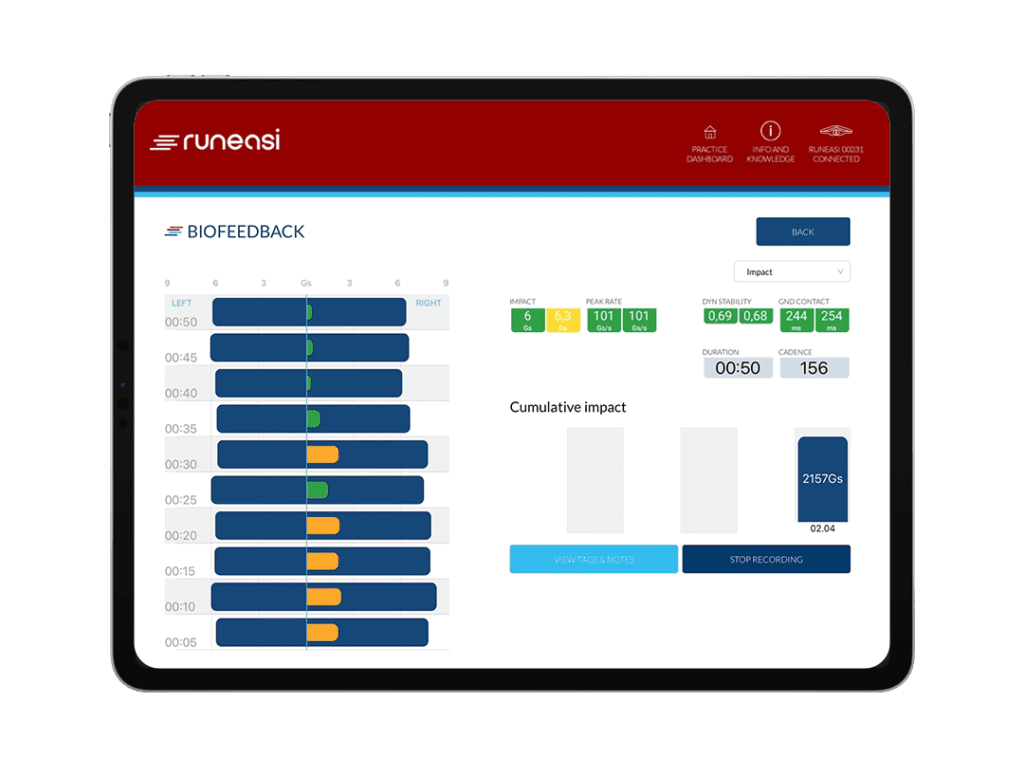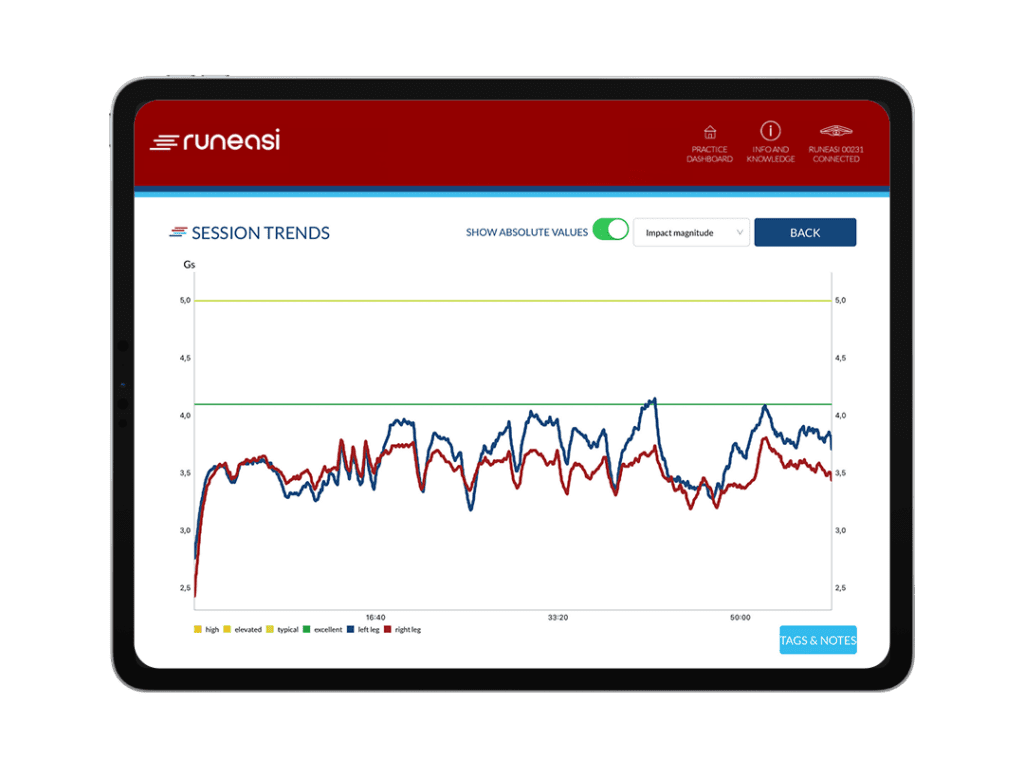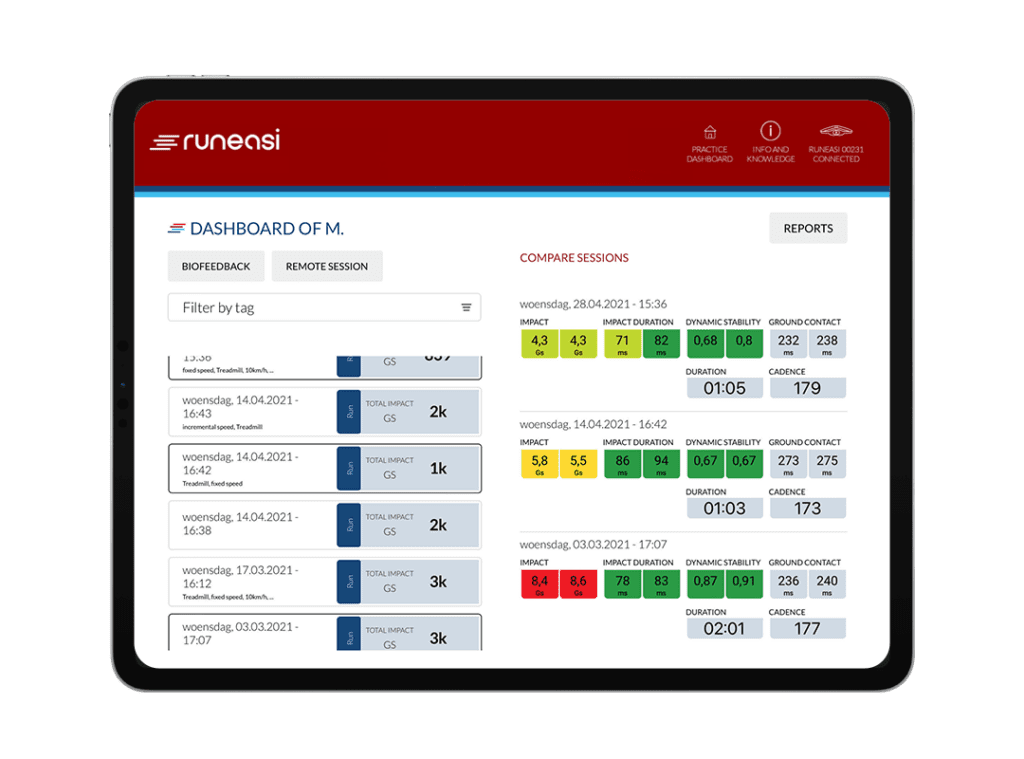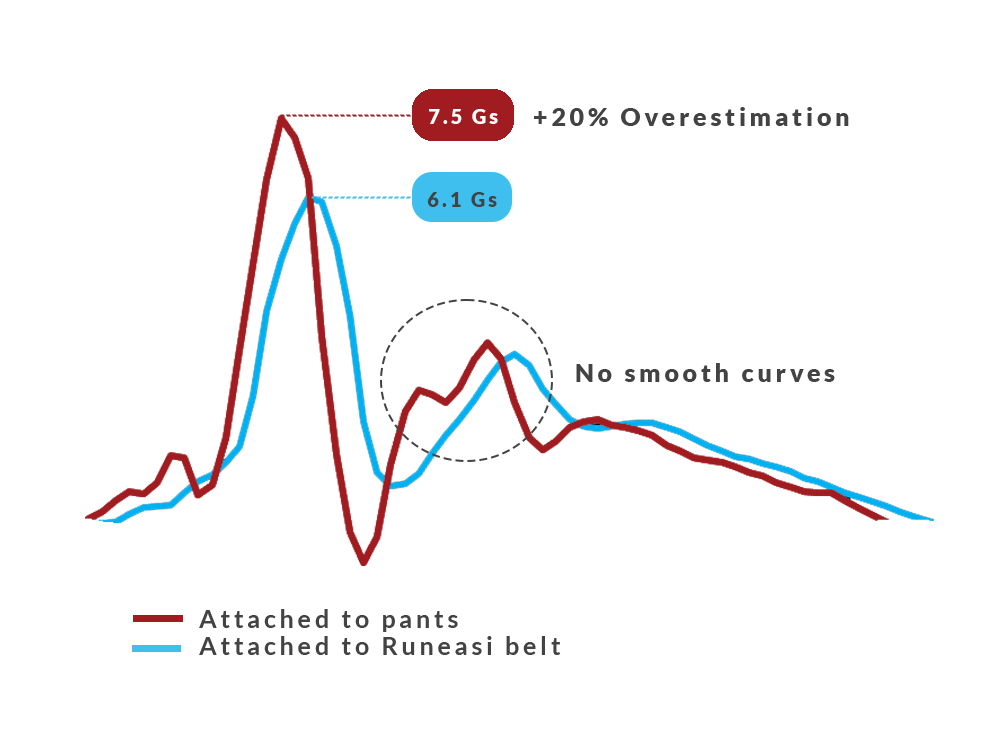Case insight provided by: Jay Dicharry, MPT, CSCS
Jay Dicharry built his international reputation as an expert in biomechanical analysis as Director of the SPEED Clinic at the University of Virginia. Through this innovative venture, Jay was able to blend the fields of clinical practice and engineering to better understand and eliminate the cause of overuse injuries in endurance athletes. His unique approach goes outside the traditional model of therapy and aims to correct imbalances before they affect your performance. Jay wrote a book on running gait assessments: he is author of "Anatomy for Runners", writes columns for numerous magazines, and has published over 30 peer-reviewed journal articles. Having taught in the Sports Medicine program at UVA, he brings a strong bias towards patient education, and continues to teach nationally to elevate the standard of care for Therapists, Physicians, and Coaches working with endurance athletes.
Originally from New Orleans LA, Jay completed the Masters of Physical Therapy degree at Louisiana State University Medical Center and is a Board-Certified Sports Clinical Specialist. Jay has had an active research career, and consults for numerous footwear companies, the US Air Force and USA Track and Field. His research focus on footwear and the causative factors driving overuse injury continues at Rebound, and provides his patients with an unmatched level of innovation and success.
In addition to his clinical distinction, Jay is a certified coach through both the United States Track and Field Association and the United States Cycling Federation, and certified Golf Fitness Instructor through Titleist Performance Institute. He has a competitive history in swimming, triathlon, cycling, and running events on both the local and national level, and has coached athletes from local standouts to national medalists.
